01:36
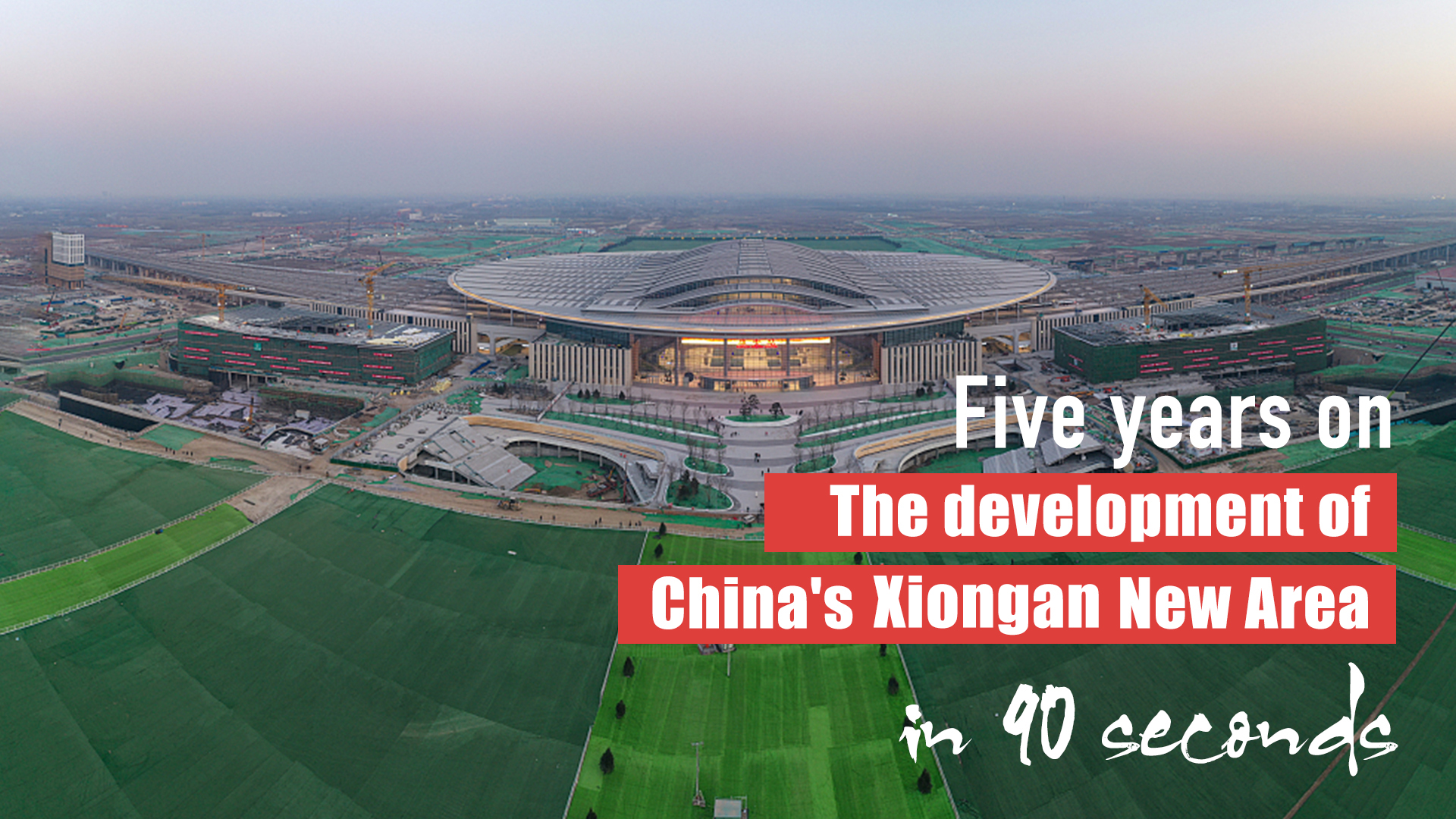
Xiongan New Area, also known as the "future city," in north China's Hebei Province, will mark the fifth anniversary of its establishment on Friday, with some key construction projects completed and more to break ground.
In 2017, China announced the establishment of the area, aiming to build it as a "green, intelligent and livable" city to advance the coordinated development of the Beijing-Tianjin-Hebei region and relieve Beijing of functions non-essential to its role as the national capital.
After five years, the urban framework has been fully set in Xiongan, with peripheral transport networks, internal transport networks, water system and "ecological corridors" basically developed.
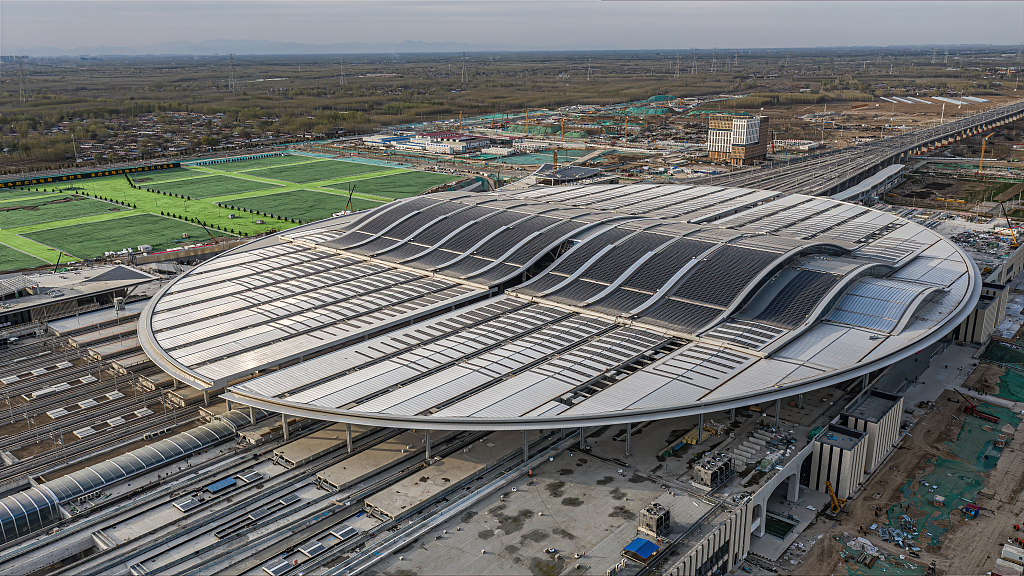
Xiongan Railway Station, Hebei Province, China. /CFP
Xiongan Railway Station, Hebei Province, China. /CFP
At the end of 2020, the Beijing-Xiongan intercity railway opened to traffic with the completion of the Xiongan Railway Station. It has helped cut travel time from Beijing West Railway Station to Xiongan from 1.5 hours to about 50 minutes. It takes only 19 minutes to travel from Beijing Daxing International Airport to Xiongan.
In May 2021, four highways and three national and provincial roads covering more than 500 kilometers of the external transport networks opened to traffic, making up a transport artery of Xiongan, according to Hebei Daily.
Located about 100 kilometers southwest of Beijing, Xiongan spans Rongcheng, Anxin and Xiongxian counties and some adjacent areas. The peripheral and inner ring roads have also been developed to link the areas.
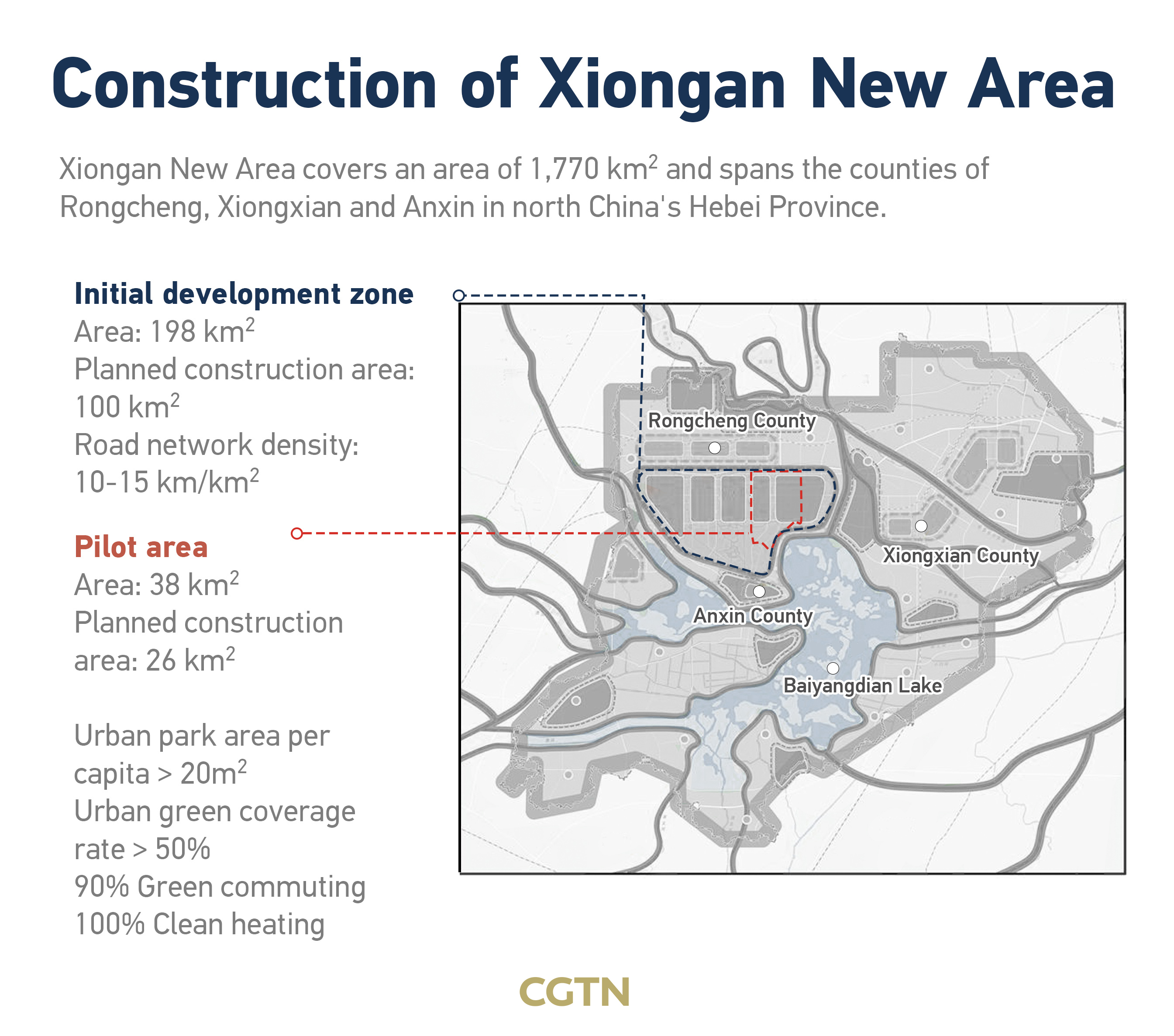
Xiongan Country Park in the northeast of Rongcheng County has also been put into operation, resembling a green ecological gateway in the north of Xiongan. Covering an area of 18 square kilometers with about 1 million trees and shrubs of more than 280 species, the park will serve as a dyke with ecological landscape in the future.
The ecological corridors in the central part of the initial development zone are currently under construction. Once completed, it is expected to connect with the downstream Baiyangdian Lake by water, which will help optimize the spatial structure, improve the living environment, adjust the regional microclimate and enrich residents' leisure and recreational activities.
Moreover, since the establishment of the Xiongan New Area, authorities have stepped up ecological restoration in Baiyangdian Lake, the largest wetland ecosystem in northern China.
The lake's water quality has also improved to Class III (good quality) from Class V since 2019, according to the Ministry of Water Resources. The improvement has provided good ecological support for the planning, construction and development of the water system in Xiongan.
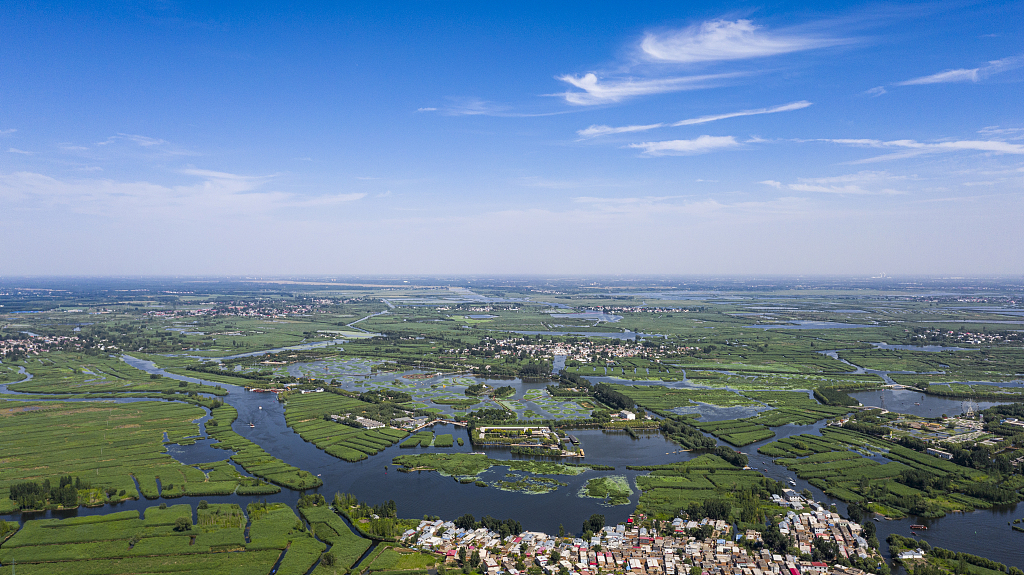
A village near Baiyangdian Lake, Xiongan New Area, Hebei Province, China. /CFP
A village near Baiyangdian Lake, Xiongan New Area, Hebei Province, China. /CFP
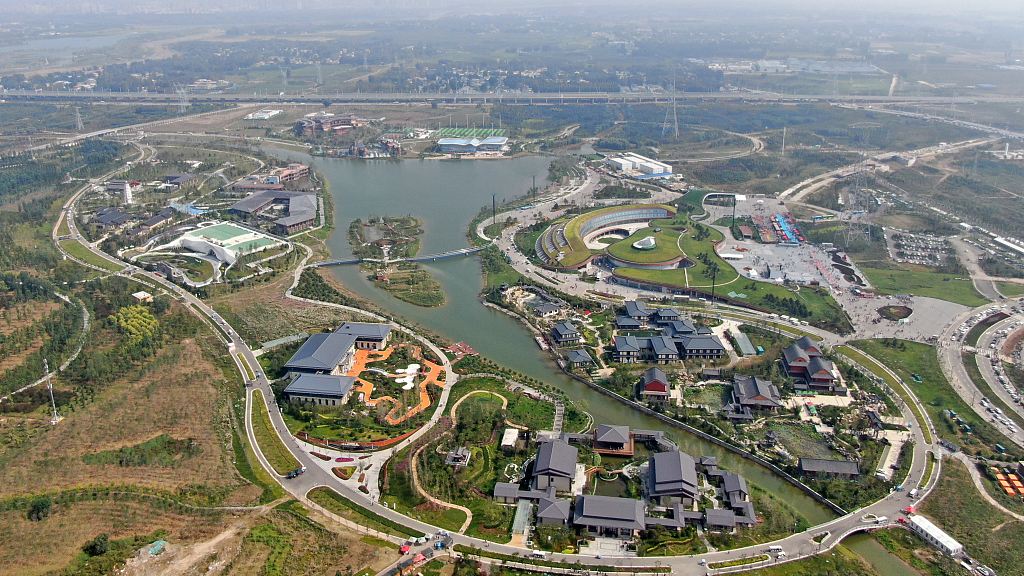
Xiongan Country Park, Xiongan New Area, Hebei Province, China. /CFP
Xiongan Country Park, Xiongan New Area, Hebei Province, China. /CFP
In 2022, Xiongan will make arrangements for over 232 key projects, with an investment outlay of 700 billion yuan ($110.37 billion). In the first quarter of this year, 43 projects worth 60.1 billion yuan broke ground, according to Hebei Daily.
By 2035, the area will develop into a high-level modern city that is green, intelligent and livable, with relatively strong competitiveness and harmonious human-environment interaction, according to the official 2018-2035 master plan for Xiongan New Area.
Read more:
Five years on, China's Xiongan has become a model of urban development
China's 'city of the future' gears up to build its financial sector

